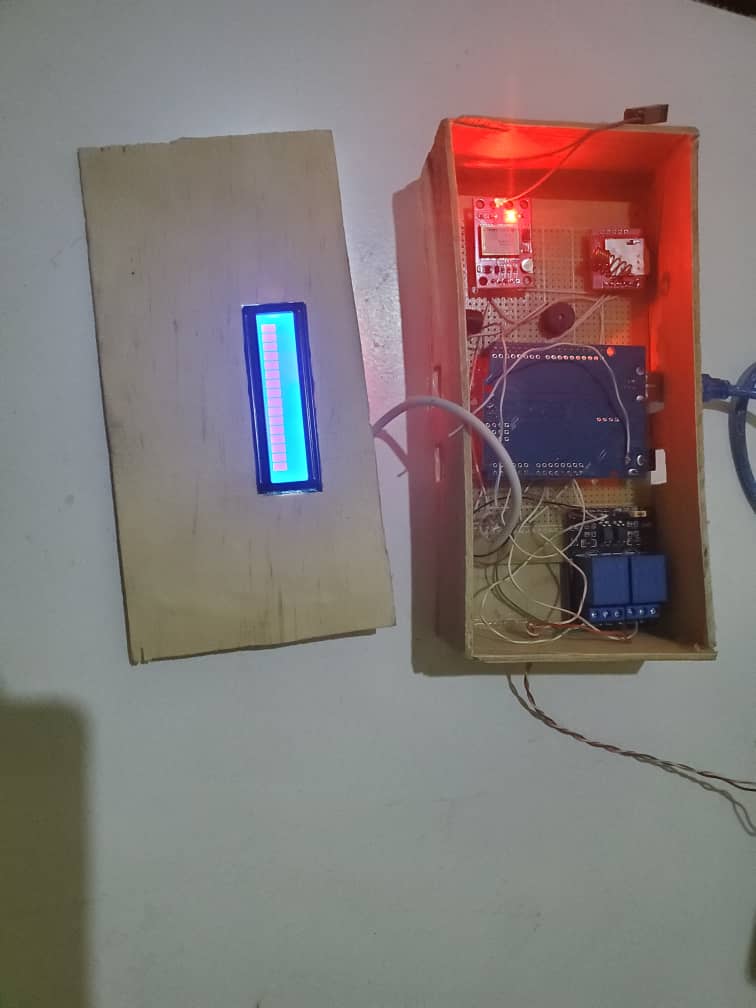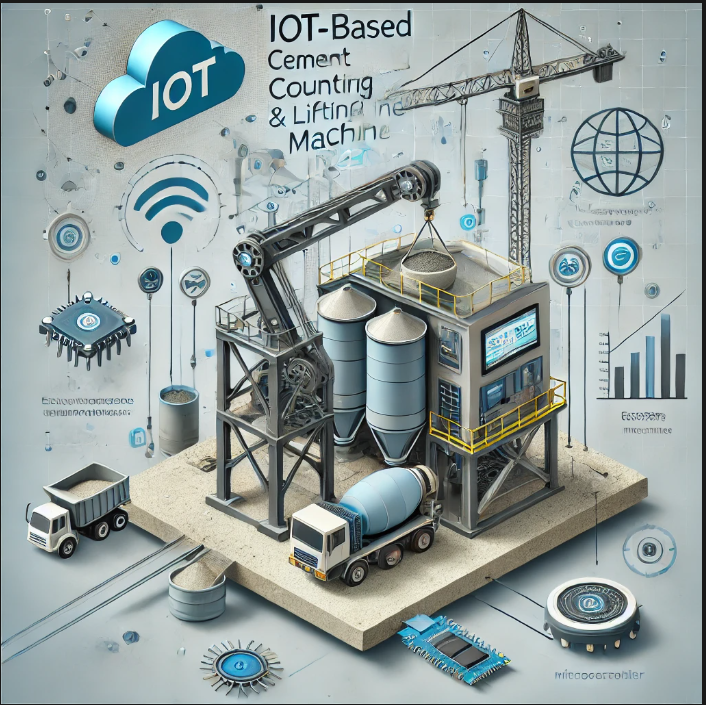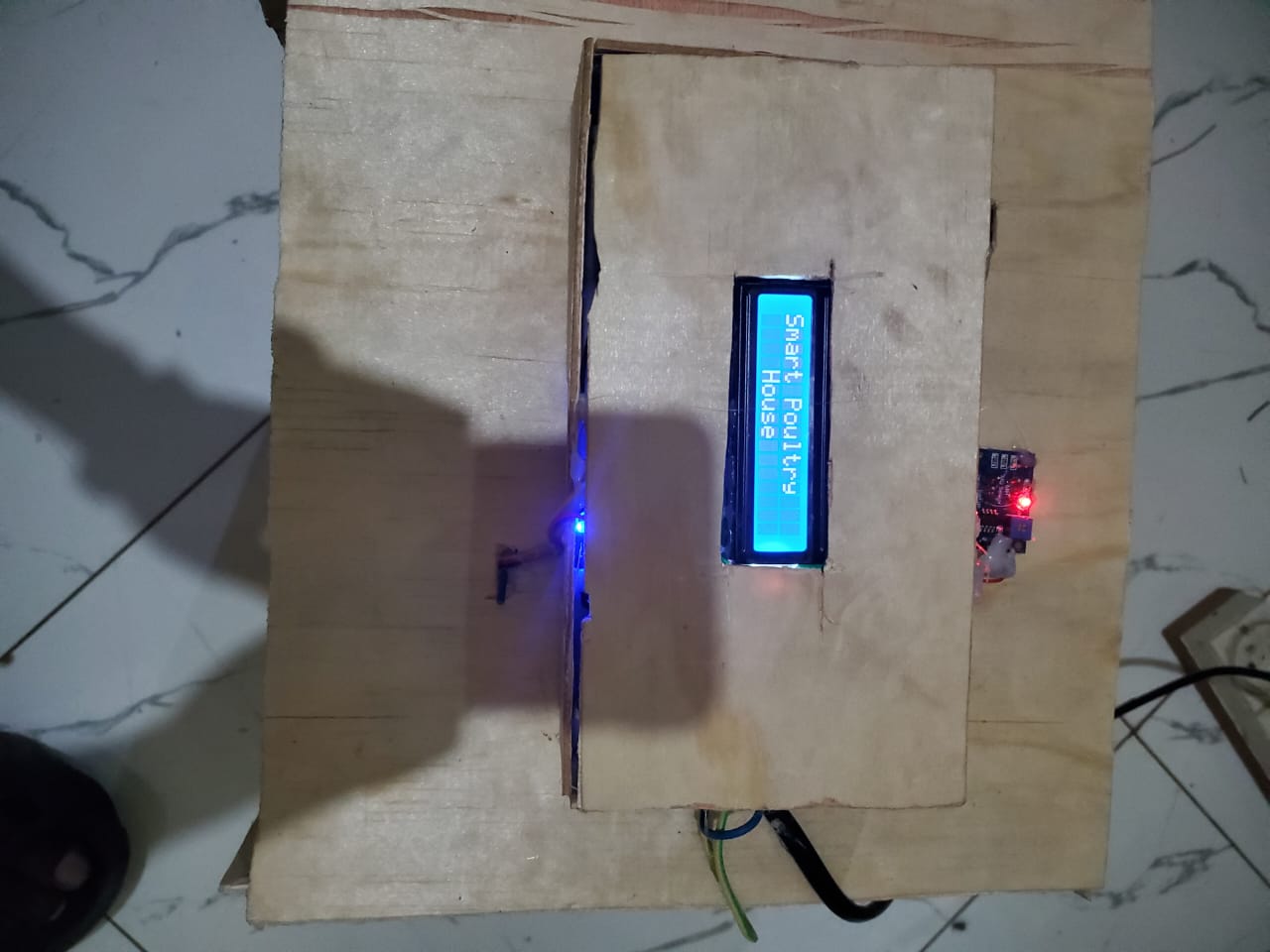
Iot based Samart Pourty House
The IoT-Based Smart Poultry House is a project that automates and monitors environmental conditions within a poultry house to ensure optimal living conditions for poultry. It is designed to control lighting, ventilation, temperature, and air quality, improving the overall health and productivity of the poultry. This system uses an Arduino with various sensors and components, and a Laravel web app provides a real-time dashboard for monitoring and control.
Components:
1. Arduino Acts as the main controller, gathering data from sensors, controlling actuators (fans and lamps), and communicating with the GSM module to send data to the Laravel database.
2. GSM Module (SIM800L): This module is responsible for connecting to the internet via GPRS and sending collected data to the Laravel database. It can also trigger notifications to alert users of critical changes in the poultry house conditions.
3. MQ-135 Gas Sensor: Monitors air quality by detecting harmful gases. If gas levels become unsafe, the system can alert the user through a notification.
4. LCD (I2C): Displays real-time information within the poultry house, such as temperature, humidity, gas levels, and dust concentration.
5. Fans:
- Dust Reduction Fan: Activates when the dust sensor detects a high dust level to reduce dust in the air.
- Heat Reduction Fan: Turns on when the temperature sensor detects excessive heat, helping to cool the environment for poultry comfort.
6. Lamps:
- Night Lamp: Provides lighting during nighttime to ensure a well-lit environment for the poultry.
- Heating Lamp: Automatically activates in colder conditions to maintain a warm environment, essential for poultry health.
7. Dust Sensor: Monitors dust levels in the air, which can impact poultry health. When dust levels exceed a certain threshold, the dust reduction fan is activated.
8. PCB (Printed Circuit Board): Organizes connections and ensures stable, reliable communication between components, improving the system’s durability and ease of maintenance.
9. DHT11 Sensor: Measures both temperature and humidity, providing essential data to maintain an optimal environment within the poultry house.
10. LDR (Light Dependent Resistor): Detects ambient light levels, helping control the night lamp based on daylight availability to conserve energy.
11. Temperature Sensor: Provides accurate temperature readings, which are critical for activating the heating lamp and fan as needed.
12. Laravel Web App: The web app serves as a central platform where all data from the poultry house is displayed in real time. Through the dashboard, users can monitor:
- Temperature and humidity
- Air quality (gas levels)
- Dust concentration
- Status of fans and lamps
The Laravel app also triggers alerts when specific environmental thresholds are crossed, allowing quick action to protect the poultry.
Working:
1. Data Monitoring and Sending: The Arduino collects data from the MQ-135 gas sensor, dust sensor, DHT11 sensor, and LDR, then displays this information on the LCD screen. The GSM module sends this data to the Laravel database in real time via GPRS.
2. Automatic Control:
- Fans: The dust fan turns on when dust levels are high, while the cooling fan operates when temperatures rise above a set threshold.
- Lamps: The night lamp activates in low light conditions, and the heating lamp is turned on during colder periods.
3. Notifications: If any parameter reaches critical levels (e.g., high gas concentration, low temperature), the GSM module sends notifications to alert the user, enabling timely intervention.
4. Dashboard: On the Laravel web app, users can view real-time data and receive alerts. The dashboard also logs historical data for analysis and insights on environmental conditions over time.
Benefits:
- Automated Environmental Control: Keeps the poultry house at optimal conditions without requiring constant manual intervention.
- Real-Time Monitoring: Provides real-time data to the Laravel web app, enabling remote monitoring and management.
- Timely Notifications: Alerts users to critical changes in the environment, helping protect poultry health.
- Data Insights: Historical data on the dashboard allows for trend analysis, aiding in better decision-making.
Applications:
This IoT-Based Smart Poultry House is suitable for small to large poultry farms aiming to improve efficiency, reduce labor costs, and ensure the health of poultry by maintaining optimal environmental conditions. This project is a step towards smarter, data-driven poultry farming.
images
Above image is inside of Poultry house
Components Required
- Arduino
- GSM module sim800l
- Mq-135
- LDC(i2c)
- 2Lamp
- 2Fan
- Dust sensor
- pcb
For More Information
+250783159293

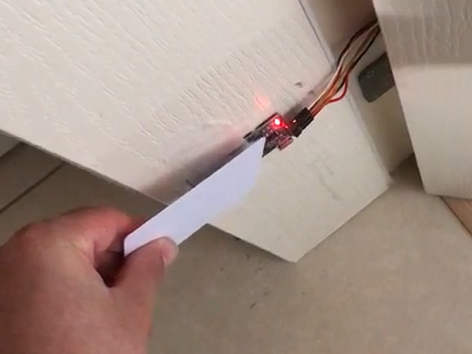
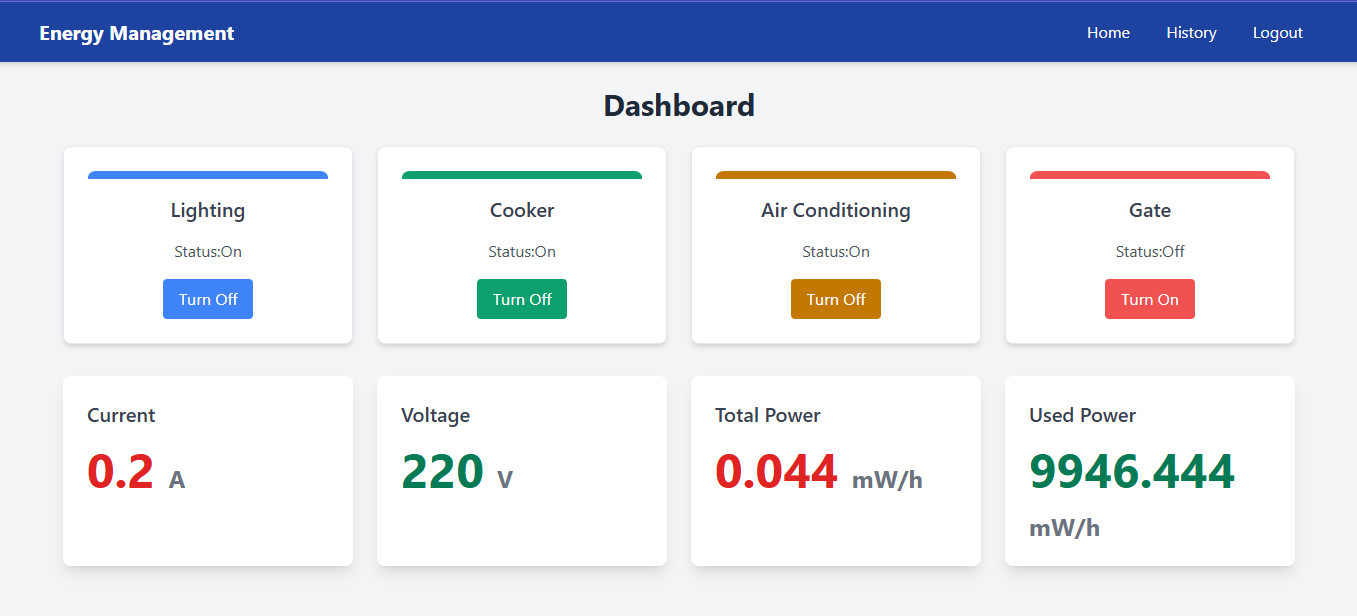
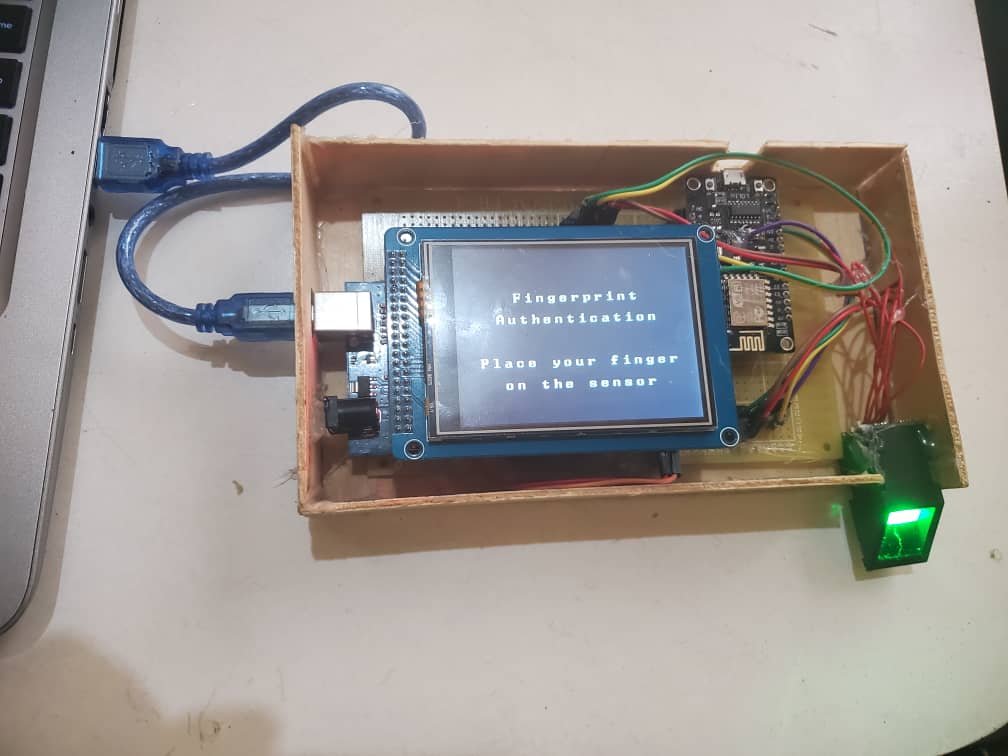
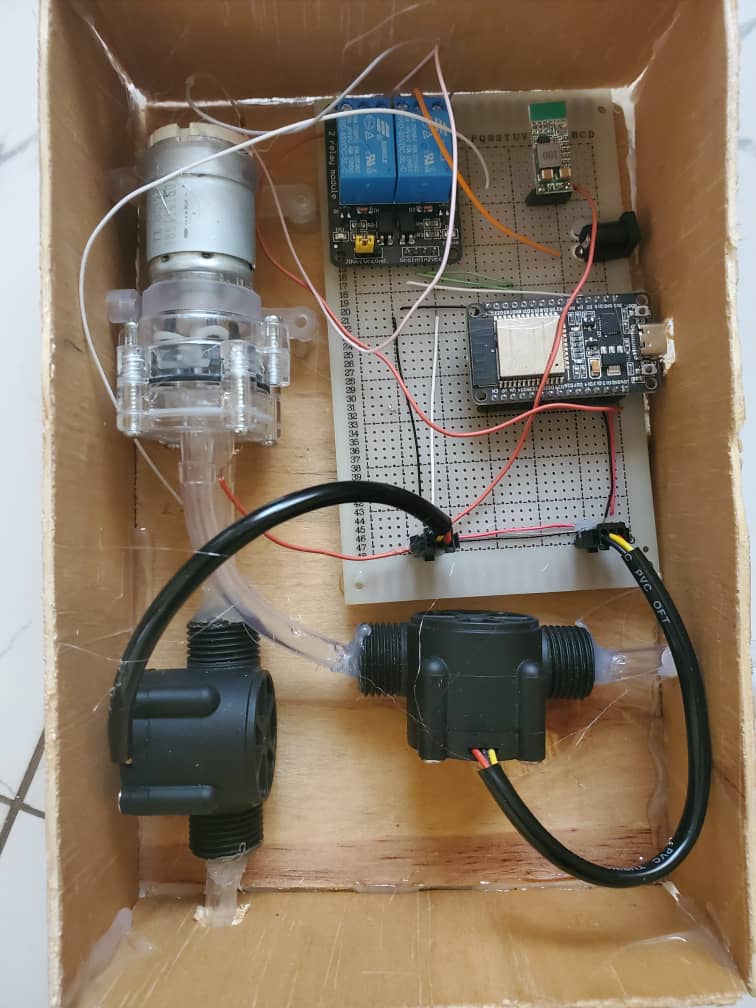
.jpeg)
